Challenges and Typical Model Purposes
Common for Banks, Pension, Insurance and Re-insurance groups is that they need Cost Transparency Models to improve profitability and because they want a charge-back and costing model for IT expenses. Read more about charge-back models in the In-house Services section. Profitability models often aim to show profitability not just for products but also for regions, branches and customers. The biggest challenge for banks and insurance companies is that they do not offer their products as single products but as packages, where some are discounted if other products are included. This is the same challenge as airline operators and telecom operators have with their income and it can be solved in several different ways.
Financial Services have mainly fixed expenses, which are not related to customers or products. It would though still be wrong to distribute these expenses equally to services as there are many internal services that support customer or product facing actions and do therefore have to be treated in such a way that they are not directed to a product or a customer.
Case example
Activity Based Cost models are often used to calculate costing and profitability. We therefore find it interesting to illustrate another and useful way to use a Cost Transparency Software Solution. We designed a cost allocation model for a SCANDINAVIAN BANK AND PENSION GROUP, so the different business units could present a full P&L, which is not the abnormal reason for having a solution. But the result of the model showed that the Pension part was performing worse than expected. We therefore created a pension break even model, where it was possible to simulate expected break-even for each pension insurance. The challenge is that people change workplace every four years in average and thereby potentially change pension company, and within that period, this pension company was not able to meet break-even for several of their contracts. They therefore changed several prices and product combinations and the model was then made as a real time tool, where a broker could calculate and see expected break even point as he was sitting with the client and the client did his pension selections. By adding extra services or by suggesting increased deposits, he could see and effect the break-even time. From this model it could be seen that the break-even period was too long.
Another example is from a LLOYD’S RE-INSURANCE COMPANY for whom we made a model that calculated internal costs for each contract type (Facultative/ Excess-of-loss / Proportional etc.) and per country. There was a trend among underwriters to sign small contracts worth less than $ 1,400, contracts they believed was non-risk contracts and easy money. Problem was that they were not aware of the internal costs of handling contracts, claim payments and all other activities related to a contract. An amount that varies widely between the different contract types and countries. Based on the results of the model, they created new internal procedures and included minimum contract values for the 7 different reinsurance types per country that was allowed to sign. Besides this we also made a performance based bonus model.

